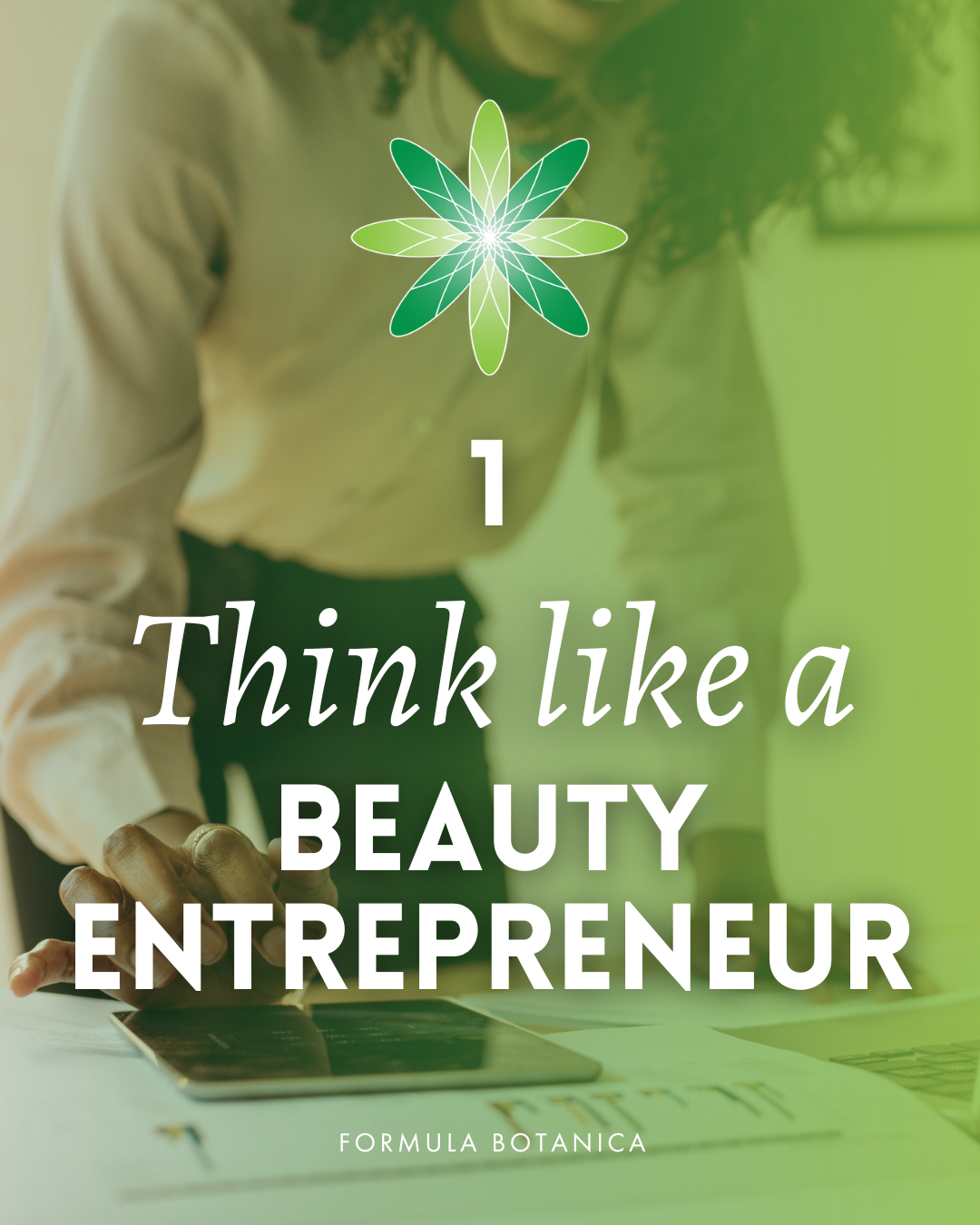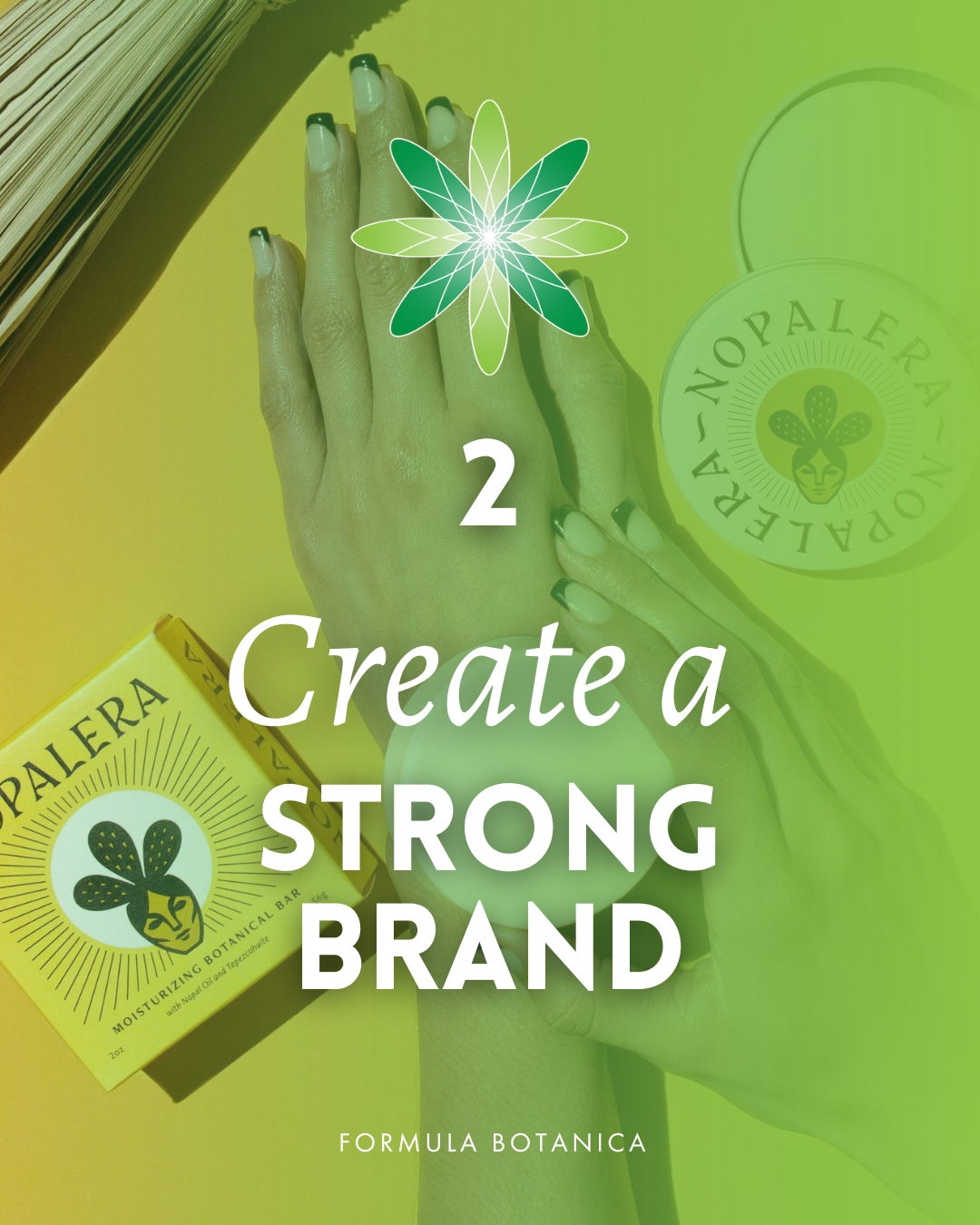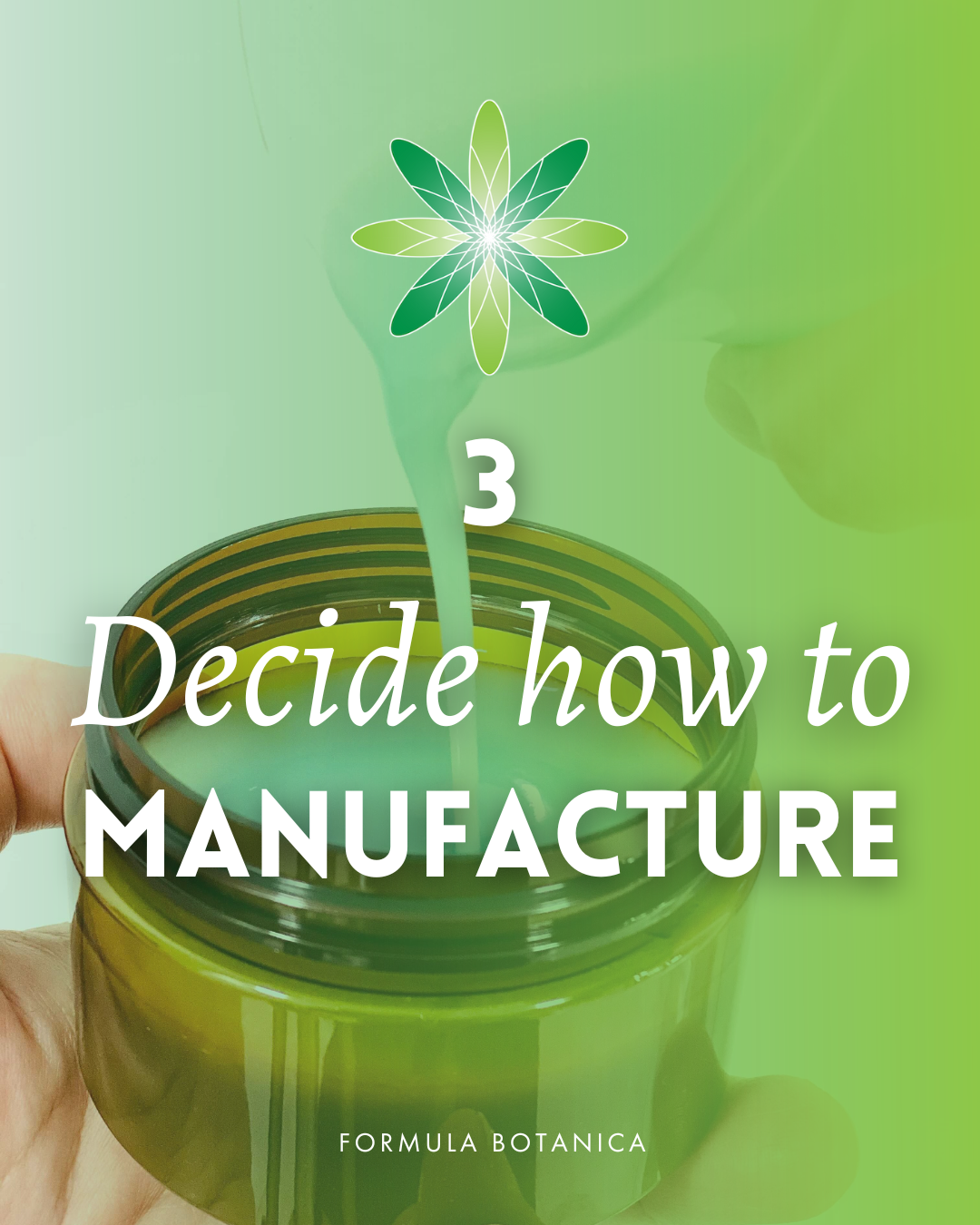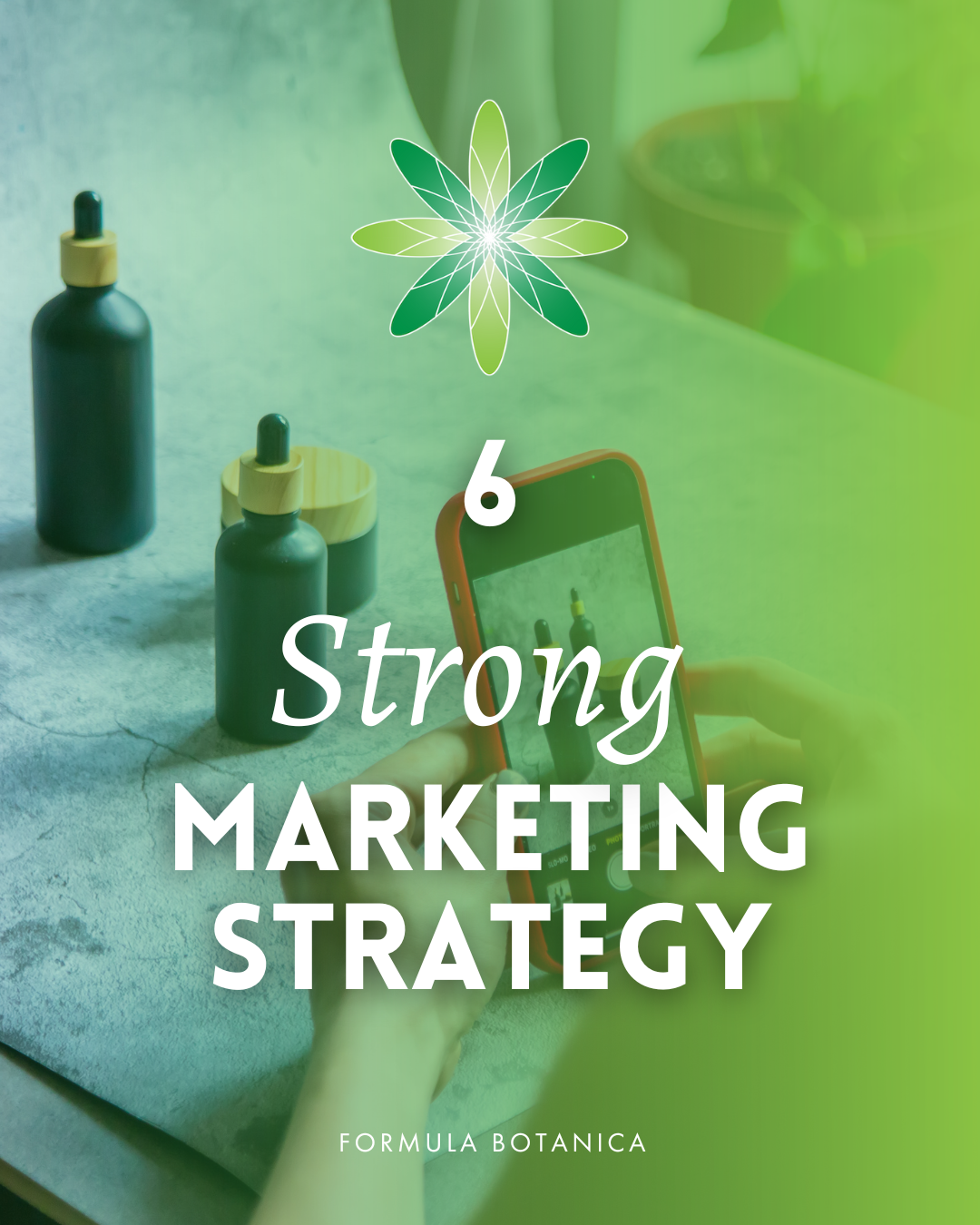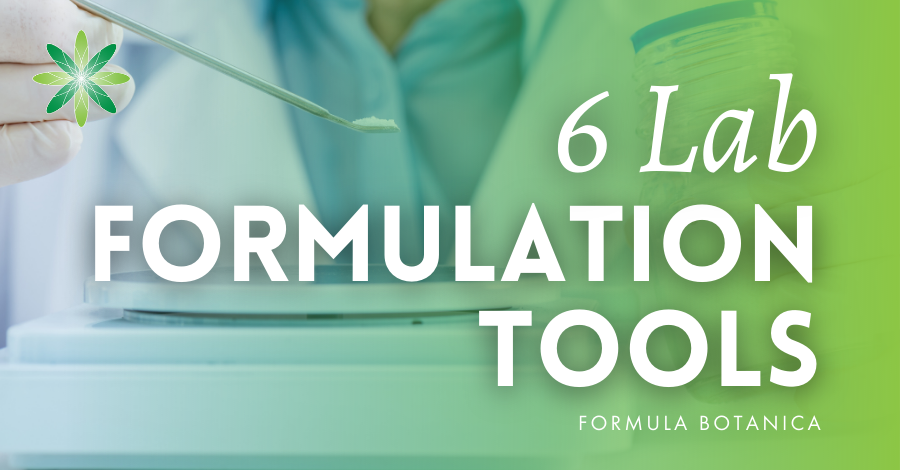Updated: 02.04.24
Thanks to a booming indie, natural beauty sector, more entrepreneurs are now learning how to start a cosmetics business at home. The global natural and organic beauty market was worth US$37 billion US$ in 2022 and is set to more than double, reaching an estimated US$85 billion by the end of 2032, growing at a CAGR of almost 9.5% from 2023-2032 (i).
With this kind of growth predicted, it’s exciting to see indie beauty entrepreneurs taking the leap into the sector by empowering themselves to become organic formulators. They are not only learning how to design unique natural skincare and haircare, but also how to turn their passion for botanical ingredients into something bigger than themselves. They are going on to create high-performance and truly innovative natural and organic beauty products that are taking the traditional beauty business by storm.
If a change of career into the natural beauty sector excites you, we’re here to help get you started on your own journey as a beauty entrepreneur by summarising the 7 key steps required to start a cosmetic business at home.
Step 1 – Think like a beauty entrepreneur
The first step to becoming a successful beauty entrepreneur involves working on yourself. Getting your mindset sorted is critical to starting your journey of launching a beauty product business.
The most important factor in your beauty brand success is you. We know from experience that the biggest hurdle that can get in your way when starting a beauty brand is you. As you start to work through all of the steps required to create a successful beauty brand, you’ll realise that starting your own makeup, haircare or skincare business will be one of the hardest and yet most rewarding steps you’ll ever take, which means that you need to be prepared.
The way you handle any challenges in your beauty brand will determine your overall business success – and with that, comes the need to cultivate a positive and growth mindset, as well as being able to create a clear vision for your business.
Step 2 – Create a strong brand for your beauty business
Branding is the act of creating a story that creates an emotional response with your target market. It’s very easy to think that your brand is ‘just’ your logo, but your beauty brand is so much bigger than that. Your brand means nothing without the context of everything that you stand for. Each and every part of your beauty brand, from your formulation, packaging, website, marketing and visuals has to work together and create an emotional response from your target customers so that they truly engage with your brand.
So many brand owners create an amazing website or feel that their beauty products are better formulations than their competitors, and think they can then relax and wait for their customers to come to them. This is the wrong approach: you have to attract your customers to your beauty brand by having a well-defined brand identity and then create a rich, sensory experience, which covers visual, tactile, scent (olfactory), audio, emotional and even potentially taste (gustatory) branding (think of lip balms, for instance!).
Ultimately, a successful beauty brand is one that changes customers’ lives, even if in a small way. You have to decide what it means to be life-changing, and infuse that passion into your beauty business. Listen to our podcast with Formula Botanica graduate Sandra Velasquez, founder of Mexican-heritage brand Nopalera. Sandra had a clear purpose for her brand and offers inspiration and tips aplenty to aspiring beauty entrepreneurs.
Episode 91: Nopalera – the brand mission of indie founder Sandra Velasquez
Step 3 – Decide on your business model & manufacturing strategy
You probably already have a rough idea of how much money you want to spend on starting your cosmetic business at home and how big you want to grow it. However, you may not have thought about what is actually required to get to that stage.
You need to choose the right business model for your needs and then choose a manufacturing model that fits your business, as the two decisions go hand in hand. After all, you need to understand how many units you’re going to be manufacturing before you can decide how to set up your manufacturing strategy. Having an end goal in sight is critical to shaping your overall business plan, the amount of capital you want to raise and the way you conduct your day-to-day operations.
Deciding on your business model will require you to dig deep and ask yourself some very tough questions, such as ‘how hard do I want to work?’ or ‘how much of my own personal savings do I want to put into this business?’
Once you decide approximately which business model fits best with your dreams, you can still decide to change your business model at any time. You can grow your business to get bigger, or you can shrink it down to become smaller. The deciding factor is you, because you know what’s best for your own personal circumstances and your business. You do however need to have a plan for where you want to take your beauty brand.
For more on how to budget and plan your beauty business from the outset, as well as graduate case studies, see our article:
Step 4 – Sort out your finances
You won’t be able to run a successful beauty brand without having a firm grip on finances. Right from the start, you need to make sure you set your business up properly and get your finances under control. It’s no good thinking that because you are going to start a cosmetic business at home, you can avoid thinking like a business from day one.
If you have never run a business at home before, financial planning can seem overwhelming and overly detailed. However, without getting your money flows sorted, you can imagine things quickly spiral out of control. The key to success is knowing how to bring in cash, where and when to spend money and how to make sure everything is balanced. As the Founder of your beauty brand, you must have an up-to-date overview of the money in your business at any given time, so financial planning will become a firm part of your daily and weekly routine.
Now that you’ve got a financial plan in place for your beauty brand, it’s time to look at the products you’re going to be selling. First, look at how you cost those products – in other words, how much does it cost you to make each unit? You must include costs such as your ingredients, packaging, labels, and very importantly, your own time. If you had to outsource the manufacture of your beauty products, it would cost you to hire someone to do it – make sure you include your labour costs.
Secondly, look at pricing. When it comes to pricing your own beauty products, this process can really make you question your relationship with money, as you have to begin asking your customers to pay a certain price for your brand. However, your pricing is critical to the overall growth of your business, so you need to be able to cultivate a positive money mindset. Your profit is key to growing your business, being able to afford all your overheads and reinvesting in future stock.
Step 5 – Create your retail strategy
Once you start a cosmetic business at home, you need to make a decision as to where you plan to sell your beauty products. Will you mainly sell through your website? Will you sell from market stalls? Will you pitch to high-end retailers to stock your beauty brand? Will you sell through Instagram or in spas or on Amazon?
There are dozens of retail channels you can choose from. You have to decide which ones work best for your cosmetic business. If you want to work with retailers, you must firstly decide which retail category you fit into, e.g. mass, luxury, etc. It’s easy to think that your beauty brand can be sold anywhere to anyone, but nothing could be further from the truth.
In order to determine which retail category you fit into, it is extremely important that you receive lots of brutally honest feedback about your brand, your formulations, your packaging and your price points.
We’ve seen many brands position themselves as a luxury brand with luxury prices, but without luxury branding and a luxury experience. You need to be honest with yourself in order to position yourself best for your market. A truly successful brand will have undergone multiple iterations to get where it is today. Once you know where to pitch your beauty products, you’ll be in a much stronger position to start a cosmetic business at home. This article has a step-by-step guide to help you work out your retail strategy:
Step 6 – Create a strong PR, marketing and sales strategy
Marketing and selling your beauty products can be one of the most daunting parts of starting a cosmetic business at home. You may love formulating more than you love selling. However, once you infuse your passion into your beauty business, people will sit up and pay attention to what you’re saying, because they’ll be able to see how much you believe in your own formulations. That passion makes up a large part of your overall marketing and sales strategy, because ultimately, people will buy from you.
Many beauty entrepreneurs now want to sell direct to consumer. Every single beauty brand needs a digital marketing strategy. It is no longer sufficient to sell face to face or through retail alone. If you want your beauty brand to be successful, then you will need to embed digital marketing into the core of your business. You will also need to accept that digital marketing will take up a large part of your daily operations.
In order for you to keep track of all of these different marketing activities and your overall plan, as well as the events and social pages around your new launches or seasonal events, you need to create a marketing calendar to keep you organised. All professional beauty brands have a marketing calendar and you should too. A marketing calendar will help you to remain consistent and map out your plans for the year ahead so that you do not run out of ideas.
Step 7 – Write your beauty business plan
Running a cosmetic business at home requires you to be very organised. You will need a strong business plan that leads you through all of the main components of your cosmetic business. Your beauty business plan should cover the following topics:
- Your beauty brand vision – what do you stand for? Where do you want to take your cosmetic business?
- Your beauty products – what are you selling? How do your products all fit together in a range?
- Your niche and customers – who are you targeting? How will you change their life?
- Your competitors – who else is in your market niche and how do you sit alongside them?
- Your manufacturing strategy – how will you produce your beauty formulations? Will you do it yourself or will you work with a contract manufacturer?
- Your retail strategy – where are you planning to sell your beauty products? Will you mainly work with retailers or will you mainly sell direct to consumer?
- Your funding – where will the money in your business come from? Will you use your own savings or are you looking to go big and raise investment?
- Your financial forecast – include your projections and forecasts for your beauty business.
We’ve more help in this step-by-step guide:
Start a cosmetic business at home – with our help!
Do you feel like you have a mission to create a beauty brand that’s bigger than yourself? A skincare brand, haircare line or makeup range that changes people lives? Whether you are keen to start a cosmetic business at home or already thinking of growing big and outsourcing manufacturing, we help you learn how to start and run your beauty products’ business the professional way.
Enrol in our Diploma in Beauty Brand Business Management – the ultimate online training programme in starting or growing your indie beauty brand. This comprehensive A-Z course is a combination of our award-winning teaching materials and a web summit with 30+ influential speakers drawn from the best in the beauty and business community.
Don’t miss out. Pre-term registration is open now so you can be first to hear when we open for enrolment. Why wait to start your dream beauty business? Find out more now!.
References
(i) Natural and Organic Cosmetics Market Research Report by Market Research Future.
Leave us a comment
Lorraine Dallmeier is a Biologist, Chartered Environmentalist and the CEO of Formula Botanica, the award-winning online organic cosmetic science school. Read more about Lorraine and the Formula Botanica Team.

